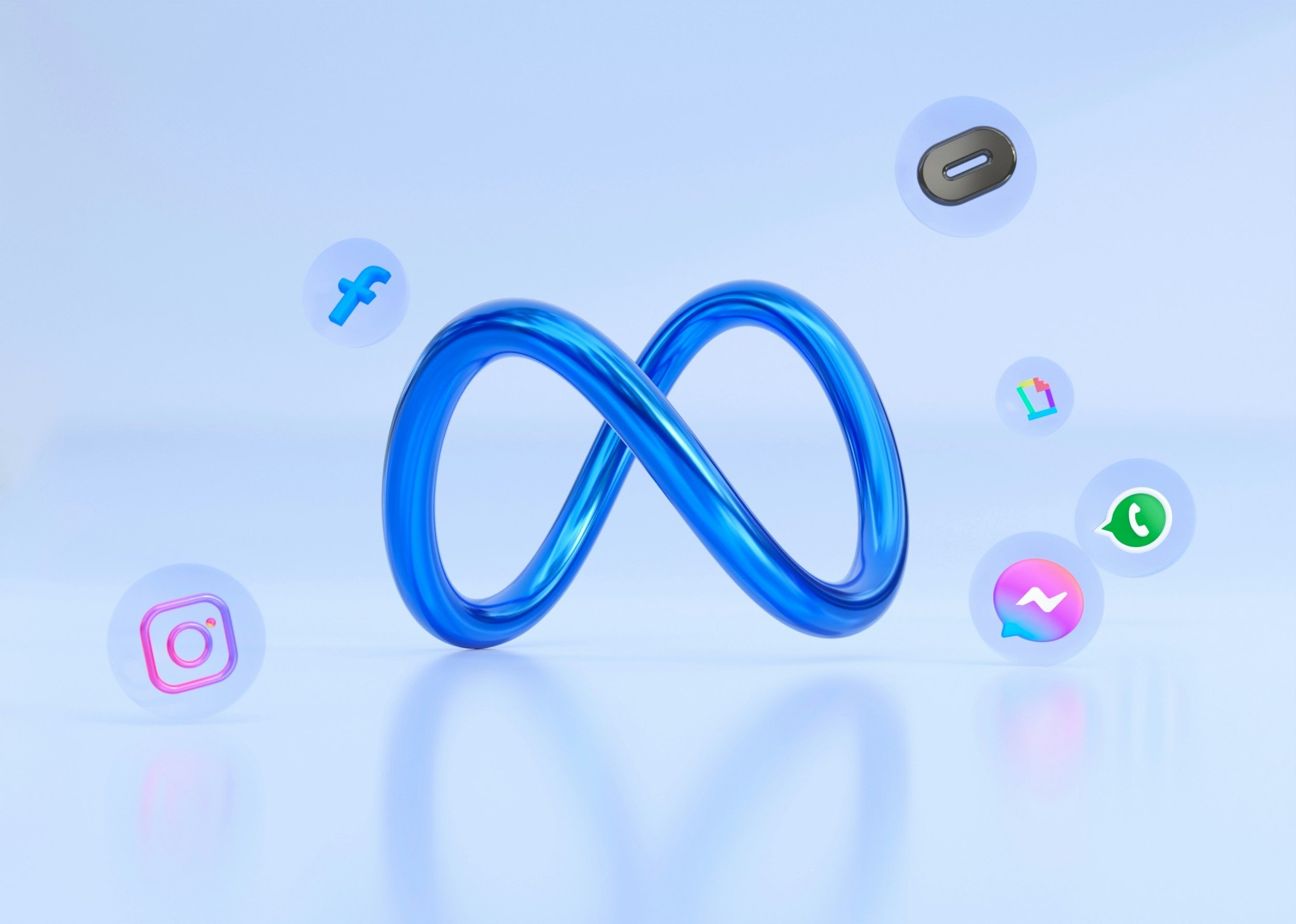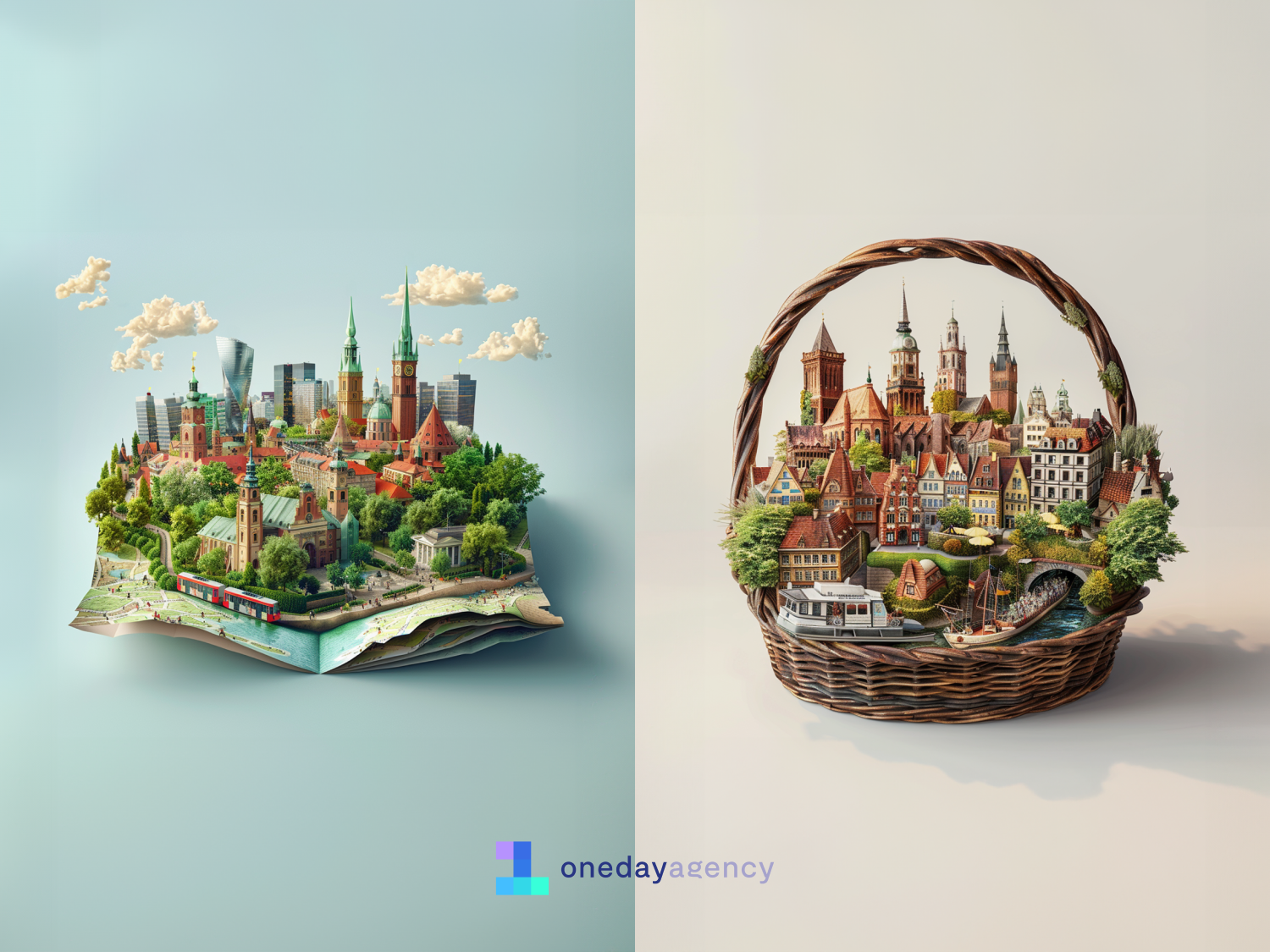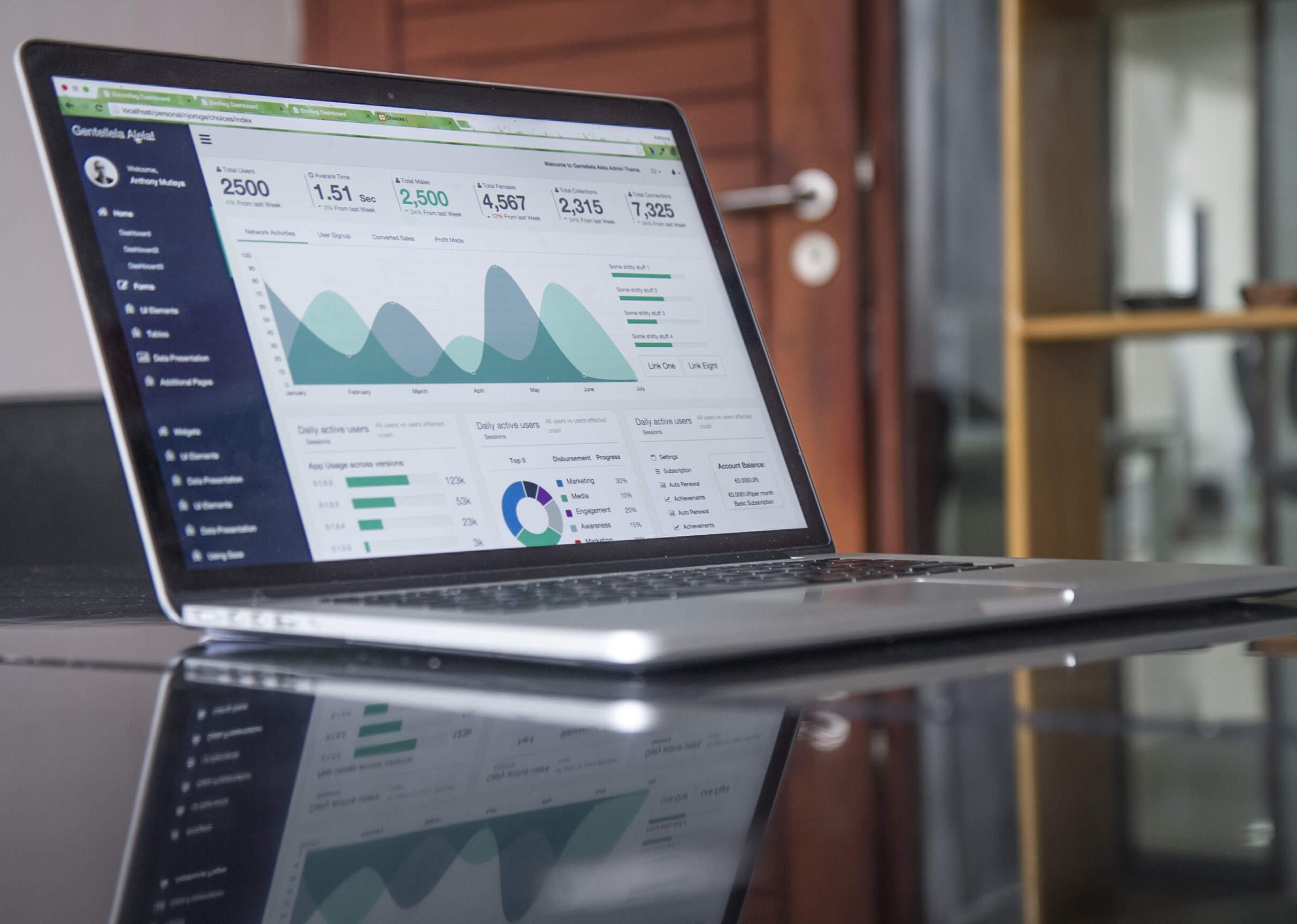Paid Social Media Strategies and Examples.
Straightforward tips on Paid Social Advertising.
When it comes to advertising, there are as many opinions about the best strategies for paid social media content as there are buildings in London (don’t fact-check that). The point is: choosing the right approach to paid social can feel overwhelming.
But it doesn’t have to be.
With countless options, platforms, formats, and audiences to target—it’s easy to get distracted. That’s why we’ve narrowed it down to some of the most effective strategies that work across industries and business sizes.
Whether you're a small business looking to grow or a brand manager overseeing multi-channel campaigns, these strategies will help you get more from your paid social. But first, let's clear up the difference between organic and paidsocial.
Organic vs. Paid Social: What's the Difference?
Before diving into strategy, it’s important to understand what sets organic and paid social apart—and how they can work together.
What is Organic Social Media?
Organic (or unpaid) social media refers to any content you post without paying to promote it. These are your standard day-to-day posts: updates, behind-the-scenes stories, community engagement, and product launches. Organic content is seen by your followers, and if they engage or share, it can travel further.
Organic social is fantastic for:
Building brand awareness
Engaging your existing audience
Telling your brand story
Showcasing authenticity
But, let’s be honest—organic reach is not what it used to be. With increasingly crowded feeds and evolving algorithms, getting your content in front of the right people often takes more than a well-timed post.
What is Paid Social Media?
Paid social is any form of advertising where you pay to promote content on social platforms—think Instagram Ads, LinkedIn Sponsored Posts, or TikTok Spark Ads. These can be completely original ads or boosted organic posts.
With paid social, you can:
Reach brand-new audiences based on demographics and interests
Retarget past visitors and warm leads
Drive traffic and conversions fast
Scale what’s already working organically
The beauty of paid social is the control and visibility it gives you. You know who’s seeing your ad, when, where, and what it’s costing you.
💬 “Paid social isn’t just for eCommerce or fast-moving consumer brands. For B2B, for startups, for service-led businesses—it’s fundamental. If you’re not investing in some form of paid social, you’re leaving real business opportunities on the table.” – Kerry, Paid Social Media Manager
Why Both Organic and Paid Matter
You can think of organic as your brand’s personality and paid as your brand’s megaphone.
Together, they create a feedback loop: your organic content builds trust, while paid content gets you in front of the right people. And when you promote high-performing organic content, you're not starting from scratch—you’re amplifying something that’s already resonating.
Now that we’ve covered the basics, let’s get into the juicy part: strategy.
1. Diversify Your Platforms
Not all social platforms are created equal. And no, this isn't just about personal preference.
Each platform has its own unique audience behaviours, creative formats, and targeting capabilities. What works brilliantly on TikTok might fall flat on LinkedIn—and vice versa.
Tips for Diversification:
Understand audience intent: People browse Pinterest for inspiration, Instagram for aesthetic connection, TikTok for entertainment, and LinkedIn for networking and business.
Test multiple platforms: A/B test your creative across platforms to see where your message lands best.
Use platform-native formats: Design creative specifically for each platform. A square Instagram image doesn’t always translate well to Pinterest or YouTube Shorts.
Bonus tip: Consider Pinterest ads.
Pinterest is one of the most underrated platforms for performance marketing. It’s a visual search engine where users wantto click through to websites. This “ready-to-act” mindset makes it gold for brands looking to drive traffic or sales, especially in lifestyle, fashion, interiors, travel, or food.
2. Optimise for Video (Seriously)
Video content isn’t just a nice-to-have anymore—it’s expected.
Social platforms are increasingly favouring video in their algorithms. From Instagram Reels to YouTube Shorts to TikTok (which is video-only), brands that leverage short-form content see better engagement and lower cost-per-clicks.
Why video works:
It captures attention in a scroll-heavy environment
It shows your product or service in action
It builds trust and emotional connection
It delivers more information in less time
Don’t overthink it. Video doesn’t need to be studio-quality to perform. In fact, native, lo-fi, “real” content often outperforms polished creative.
Ideas to try:
Quick demos or tutorials
Testimonials from customers
Founder stories or behind-the-scenes
Voiceover explainers
3. Blend Paid and Organic Content
We touched on this earlier, but it’s worth repeating.
One of the most effective and efficient strategies is boosting your best organic content. Why? Because it's already proven to engage. Promoting your top posts to new, targeted audiences is a clever way to expand reach while keeping your tone consistent and authentic.
This strategy is especially powerful for:
Brands that want to grow their following
Creators building a personal brand
Businesses testing messaging and visuals
Promoting limited-time offers in an engaging way
The trick is to look at what’s already working organically—and put money behind it.
Real talk: Paid social doesn’t have to be pushy. A well-targeted, engaging boosted post that shows off your brand personality can outperform hard-sell product ads. People want to feel like they discovered you, not that you barged into their feed.
4. Nail Your Targeting
One of the biggest advantages of paid social is how specific you can get with targeting.
You can create hyper-focused audiences based on:
Age, gender, and location
Interests and behaviours
Job titles and industries (especially on LinkedIn)
Website visitors (retargeting)
Past engagement (people who watched your videos or saved your posts)
Pro Tip:
Don’t go too broad or too narrow. Start with layered targeting, and refine based on results. Use lookalike audiences and retargeting together for high-converting funnels.
Also, remember to refresh your targeting regularly. Audiences evolve, and so should your strategy.
5. Test, Test, and Then Optimise
One of the most common mistakes in paid social is setting and forgetting.
Don’t assume that your first creative, copy, or audience will be the winner. Every campaign is a chance to learn.
A/B test ideas:
Different headlines
Static images vs. video
Long-form copy vs. short captions
Offers and CTA placement
Audience segments
Once you have a few weeks of data, you’ll see clear winners. Shift budget accordingly, and don’t be afraid to pause what’s not working.
Platforms like Meta and TikTok even allow campaign budget optimisation (CBO), letting the algorithm do the heavy lifting once you have multiple ad sets in play.
6. Retarget Like a Pro
Not everyone will convert on their first interaction. Retargeting gives you the chance to re-engage people who’ve:
Visited your site
Watched a portion of your video
Clicked an ad but didn’t convert
Engaged with your profile
This is where mid- and bottom-funnel content comes into play. Think:
Testimonials
Case studies
Stronger offers
Urgency or limited-time messaging
Pro Tip: Retargeting often delivers your best ROI. But frequency matters—don’t exhaust your audience by serving them the same creative for weeks. Refresh your ads regularly and cap your impressions.
Final Thoughts: Keep It Simple, Keep It Smart
You don’t need a massive team or Hollywood-level creative to succeed in paid social. What you do need is a smart approach, clear goals, and a willingness to learn from your data.
Let’s recap the strongest strategies:
Diversify your platform mix to reach more segments of your audience.
Optimise for video to boost engagement and visibility.
Blend paid and organic to maintain authenticity while scaling reach.
Use targeting wisely and keep your segments fresh.
Test continuously and let data guide your decisions.
Retarget to close the loop and bring users back to convert.
Paid social is a powerful tool when used with intention. Whether you’re B2B, B2C, eCom or a service-based business—there’s a strategy here for you.
Ready to scale smartly? Put your best foot forward—and let your content (and strategy) do the talking. 💪
To learn more about Paid Social Strategies, get in contact today.












